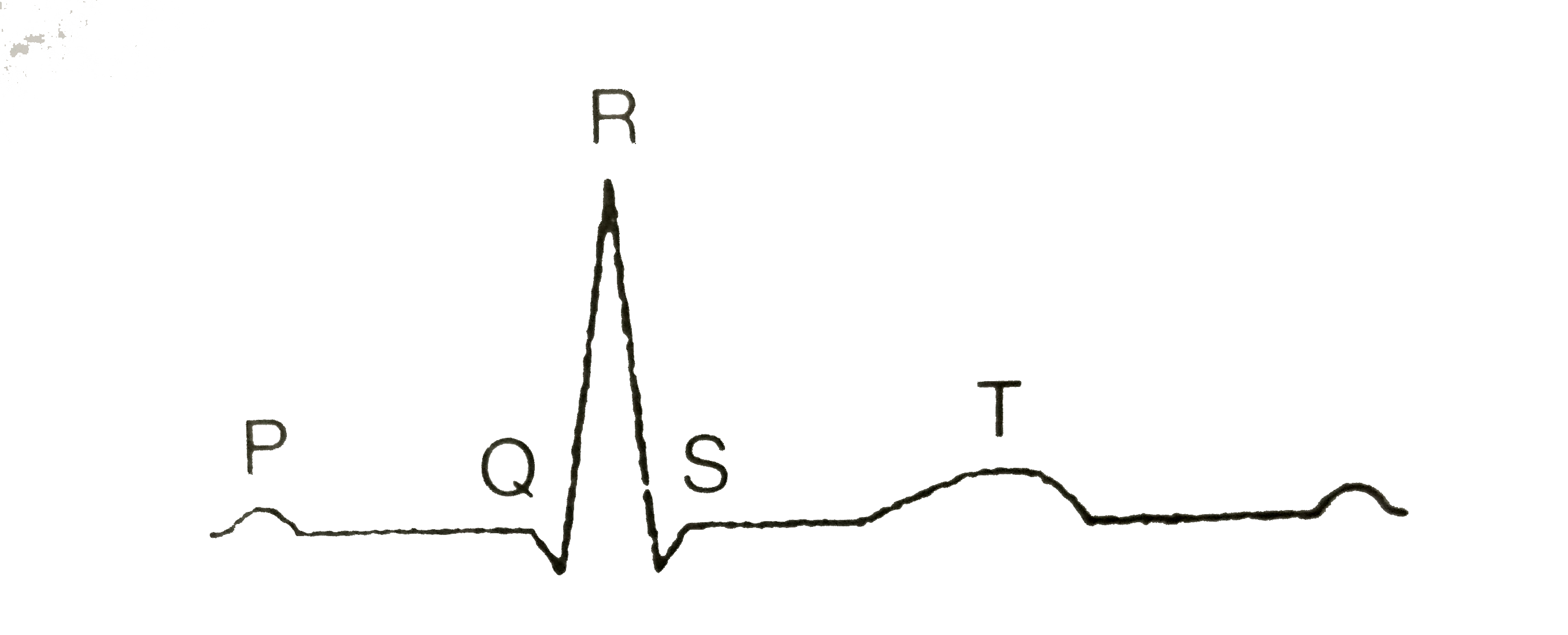The end of T-wave in standard ECG of a normal person represents
Contraction of both the atria
End of ventricular diastole
Beginning of the ventricular systole
Initiation of the atrial contraction
To determine what the end of the T-wave in a standard ECG of a normal person represents, we can follow these steps:
1. Understand the Components of an ECG: An electrocardiogram (ECG) displays the electrical activity of the heart through various waves: P wave, QRS complex, and T wave. Each of these waves corresponds to specific electrical events in the heart.
2. Identify the P Wave: The P wave represents atrial depolarization, which is the electrical activity associated with the contraction of the atria. This is the first wave in the ECG.
3. Identify the QRS Complex: The QRS complex represents ventricular depolarization, which corresponds to the contraction of the ventricles. This is the second wave in the ECG.
4. Identify the T Wave: The T wave represents ventricular repolarization, which is the process of the ventricles relaxing after contraction. This is the third wave in the ECG.
5. Determine the Timing of the T Wave: The end of the T wave signifies the completion of ventricular repolarization. At this point, the ventricles are in a relaxed state, preparing for the next cycle of filling with blood.
6. Analyze the Options:
- Contraction of both the atria: This is represented by the P wave.
- End of ventricular diastole: This is not correct; ventricular diastole continues after the T wave.
- Beginning of ventricular systole: This is represented by the QRS complex.
- Initiation of the atrial contraction: This is also represented by the P wave.
7. Conclusion: The end of the T wave corresponds to the end of ventricular repolarization, which indicates that the ventricles are now relaxed and ready for filling. Therefore, the correct answer is that the end of the T-wave represents the end of ventricular diastole.
Final Answer:
The end of the T-wave in a standard ECG of a normal person represents the end of ventricular diastole.
- Contraction of both the atria: This is represented by the P wave.
- End of ventricular diastole: This is not correct; ventricular diastole continues after the T wave.
- Beginning of ventricular systole: This is represented by the QRS complex.
- Initiation of the atrial contraction: This is also represented by the P wave.
The end of the T-wave in a standard ECG of a normal person represents the end of ventricular diastole.
Topper's Solved these Questions
Similar Questions
The diagram given here is the standard ECG of a normal person.The P-wave represents the

View SolutionThe diagram given here is the standard ECG of a normal person. The P-wave rep- resents the

View SolutionThe end of T-wave marks the end of
View SolutionT wave in a standard ECG represents
View SolutionIn an ECG atrial depolarization is represented by
View Solution'T' wave in an ECG represents
View SolutionThe end of which wave in an ECG marks the end of ventricular systole?
(a) QRS complex
(b) P wave
(c) T wave
(d) Q wave
View SolutionCateholamine in a normal person induces
View SolutionIn ECG, what does T wave represent?
View SolutionA wave equation which given the dispplacement along the y-direction is given by ,
y=10−4sin(60t+2x)
where x and y are in matre and t is time in second. This represents a wave
View Solution
